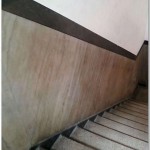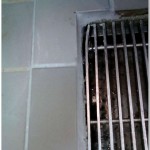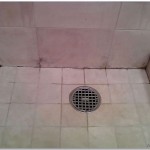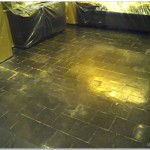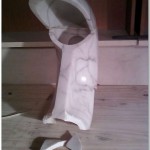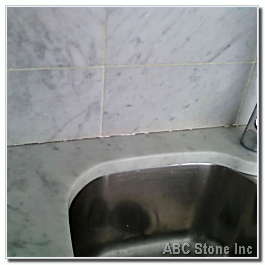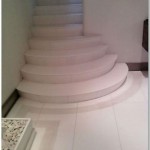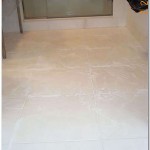Why Marble Restoration? Some Considerations
Price for marble restoration may be in several times lower than entire floor, steps, countertops, tiles replacement. In addition, we should not forget about time saving, by proper work scheduling (for example if work performed at nighttime at commercial area), it is possible even do not close an areas, it is may be very important for retailers or buildings.
After restoration the marble surface becoming smoother and shine as when it was installed. Grinding and polishing are performing on entire surface on the deep of the deepest scratches or gaps. In addition, deepest gaps can be filled by colored epoxy, especially designed for such works.
Want Your Marble Looks Like Original?
Did you not take proper care of your marble?
Did your marble lose its original shine?
Are you unable to bring back it to its original appearance?
Or just have any marble related damages?
There are situations when the marble loses its original appearance. It is possible for the some reasons such as daily wear and tear, improper maintenance or by accident.
Marble quite expensive and it’s a one-time investment and hence we must make sure to protect and maintain them. This is where we come in. We know the value of marble and understand how important it is for you to keep them looking as new as ever all the time.
We have the solution for you to get that marble looking like original. Here is the chance to bring back your old marble to life again and make it worth every dollar you paid for the order.
What Is Included In Marble Restoration?
Marble restoration service – highly masterful trade as the marble can be destroyed very easily by not trained laborers. Marble and granite restoration is labor-consuming process and required special equipment, chemicals, abrasives, and should be performed by professionals only.
Marble restoration may include:
• Dull spot or etching removal from the surface
• Chips & Cracks Repair
• Scratches & Stains Removal
• Cleaning & Refinishing
• Sealing & Stain Proofing
• Grinding
• Polishing
• Buffing
• Crystallizing
• Others
Restoration experts have to care to protect the nearby walls and furniture from splashes and dents. The diamond grinding method includes some quantity of water and may damage a wood floor or wall next to marble if the procedure is not correctly performed.
As you may look into, the restoration of every stone surface may include different techniques and procedures.
We know the value of time and hence we stick to it. All you need to do is just contact us and let us to restore your marble to a greater level for reasonable price.



